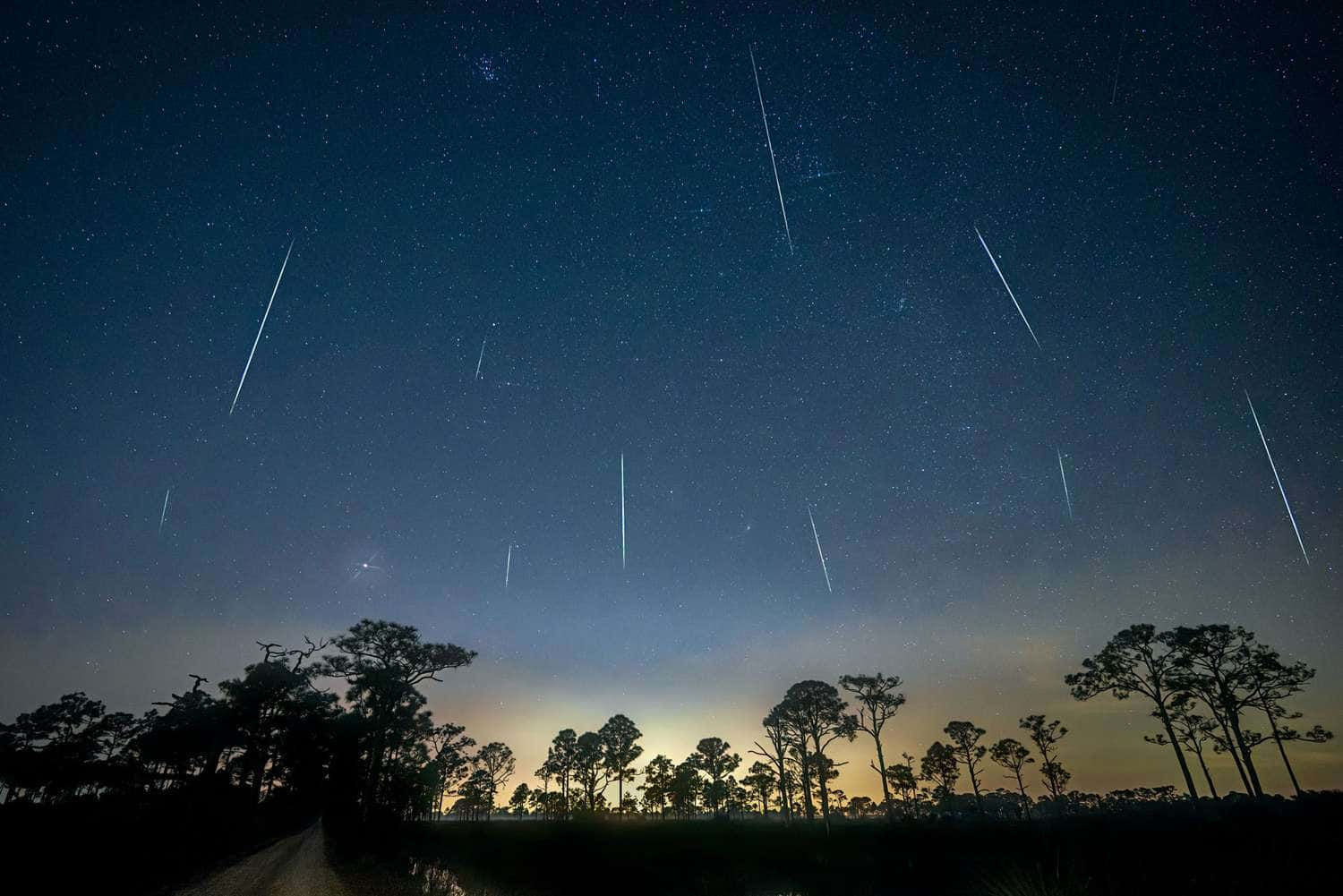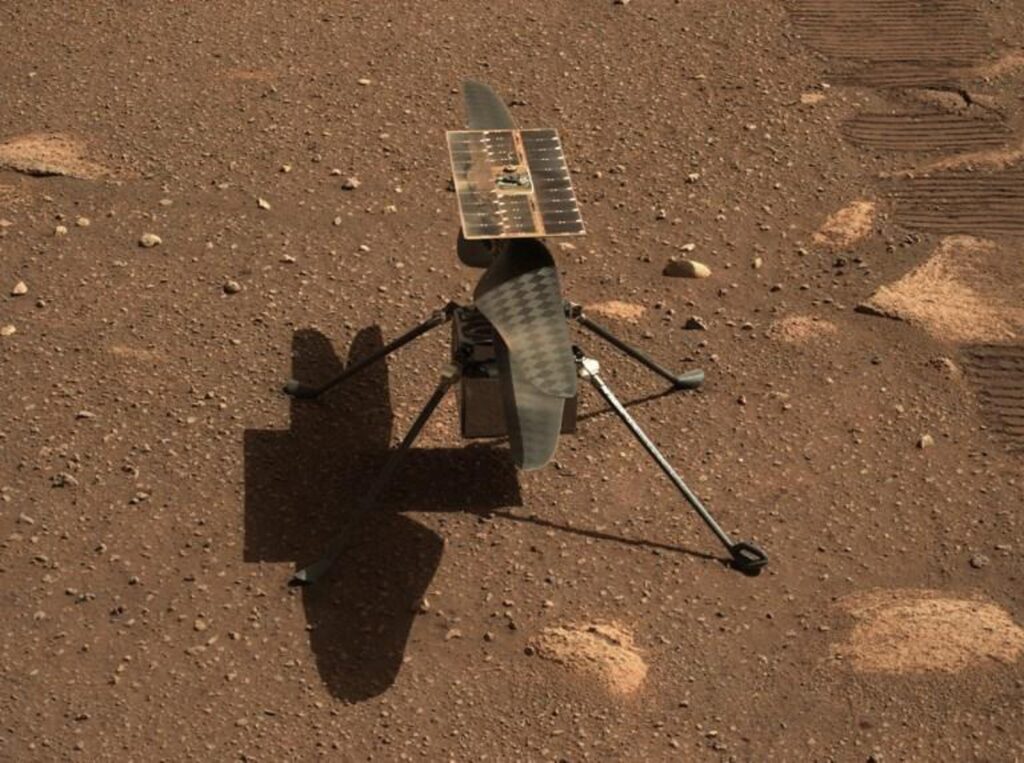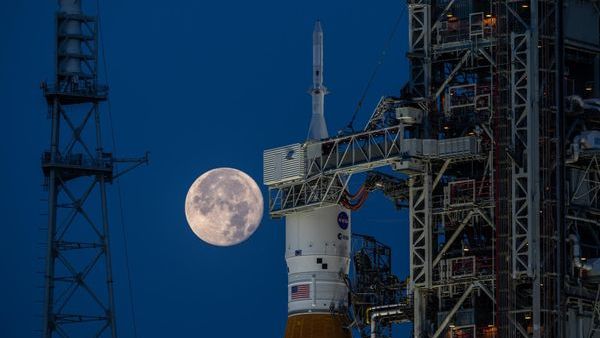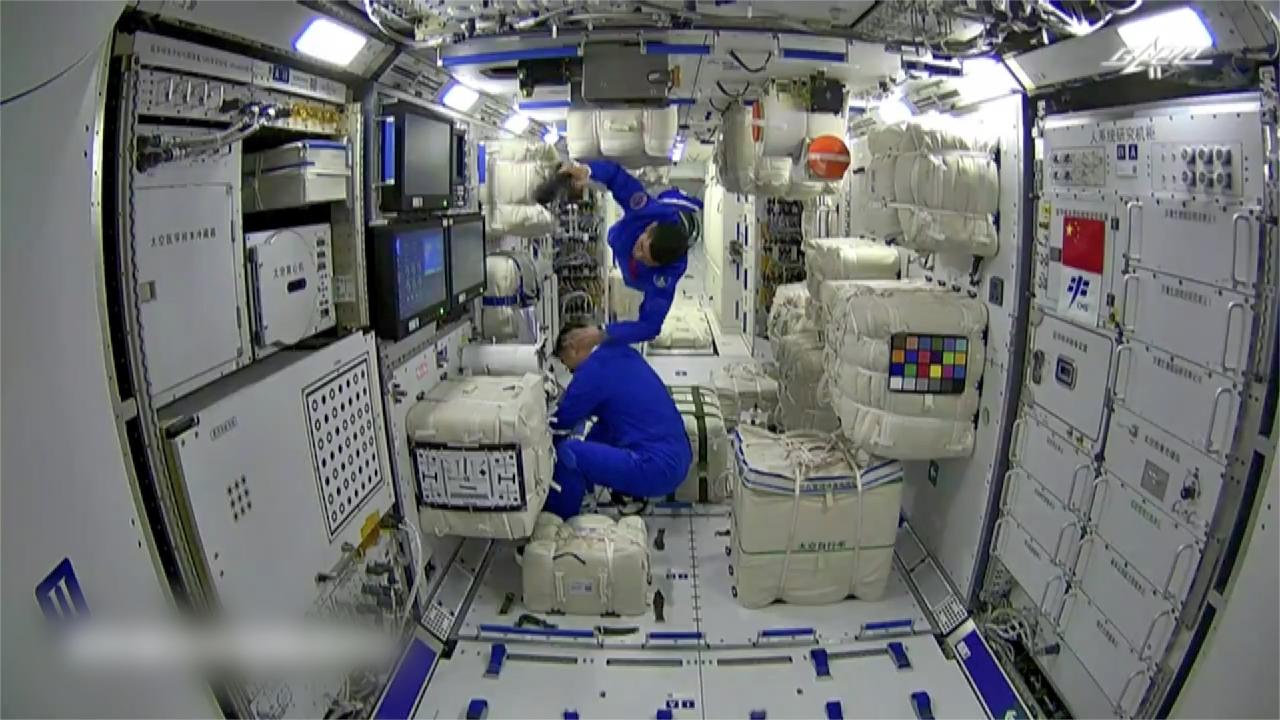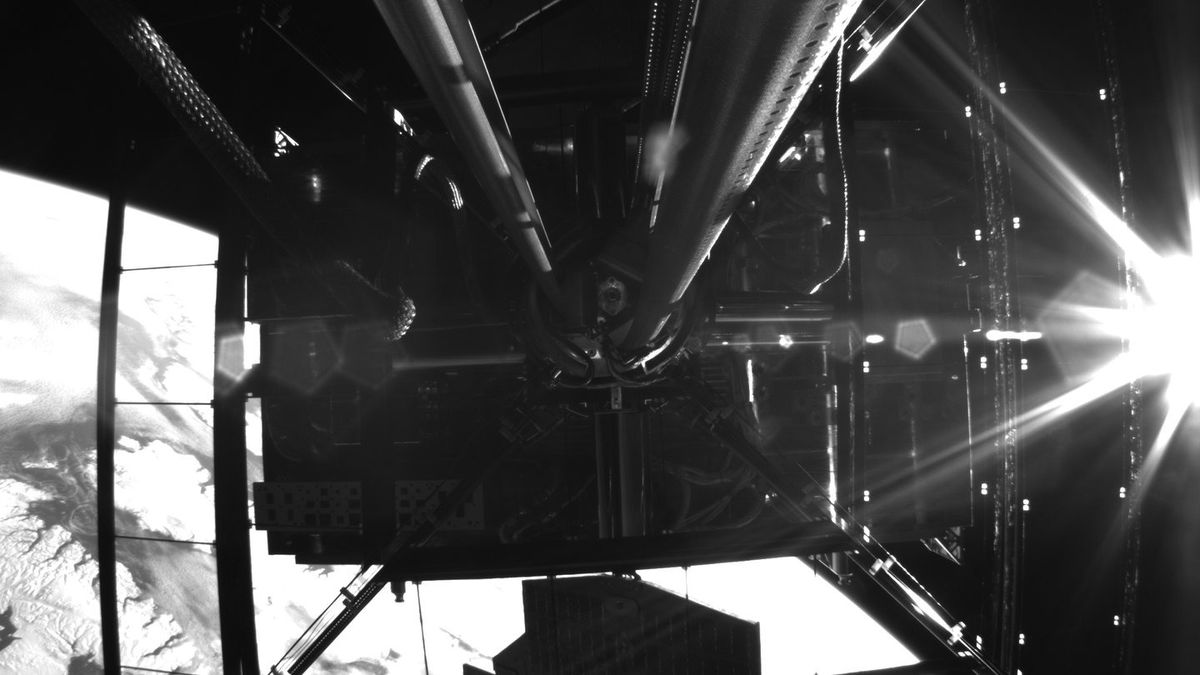The December new moon is a great time to observe the Geminid meteor shower, one of the year’s most numerous.
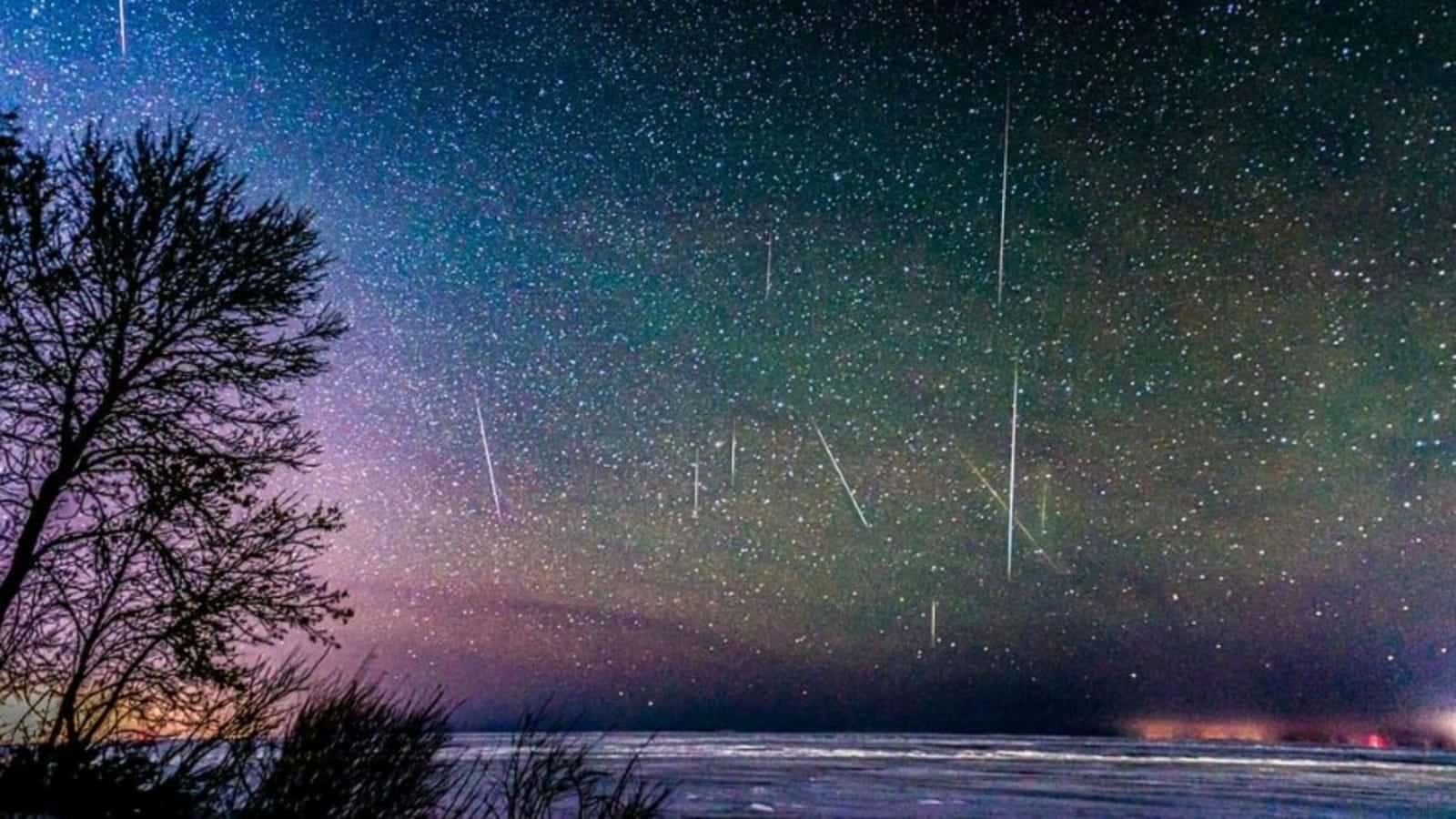
December’s New Moon Brings Dark Skies, Geminid Meteor Shower Takes Center Stage
Dark skies are perfect for meteor shower observation on December 12 at 6:32 p.m. Eastern during the new moon. The Geminids, which produce up to 150 meteors per hour, will glow brightly on this almost moonless night, making it easier to identify fainter meteors.
The Geminid meteor shower peaks two days following the new moon on December 14. By 6:00 p.m., the waxing crescent moon sets in New York, improving visibility. The meteor shower is strong without moonlight, with the radiant point in Gemini visible above the horizon around 8 p.m. Many call the Geminids a winter Perseids.
The moon passes Mercury around 12:20 a.m. EDT on December 14, the meteor shower peak. Low altitude in North America makes it difficult to observe, but open skies in the southern hemisphere make it easier.
READ ALSO: The moon has been altered by human activity. Are we in a ‘Lunar Anthropocene?
Planets and Constellations Shine Bright in December’s New Moon Nights
Besides the meteor shower, several planets shine in December. Saturn is visible in the west about 6 p.m., Jupiter in the southeast, and Venus as a “morning star” before dawn. The longer, clearer Northern Hemisphere winter evenings feature constellations like Gemini, Taurus, Orion, Auriga, and Canis Major.
December’s new moon is ideal for amateur and professional stargazers. Dark skies enhance meteor showers, planetary conjunctions, and star and constellation attractiveness. It showcases winter night sky beauties.
READ ALSO: December’s new moon allows the Geminid meteor shower to shine tonight
